Optimal Timing for Waterproofing Projects
Proper timing for waterproofing projects ensures optimal effectiveness and longevity. The ideal season depends on weather conditions, temperature ranges, and humidity levels, which influence the application process and curing times.
Spring offers moderate temperatures and lower humidity, making it suitable for waterproofing applications before the peak of summer.
Summer provides warm, dry conditions ideal for waterproofing, but excessive heat and rain can affect application quality.
Fall allows for waterproofing before winter, with cooler temperatures that help in proper curing.
Winter is generally not recommended due to freezing temperatures and high moisture levels, which can compromise waterproofing materials.
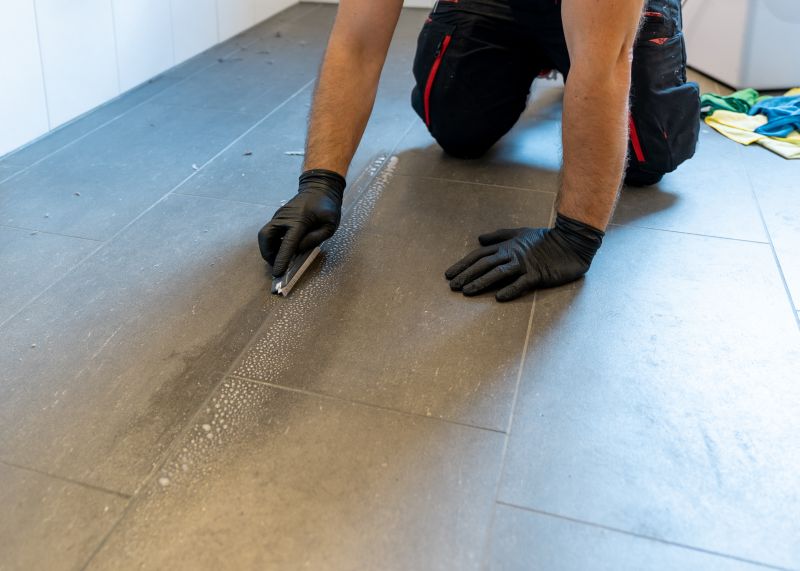
Ways to make Waterproofings work in tight or awkward layouts.
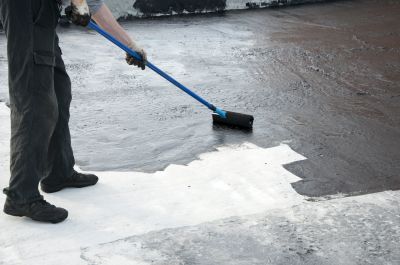
Popular materials for Waterproofings and why they hold up over time.

Simple add-ons that improve Waterproofings without blowing the budget.
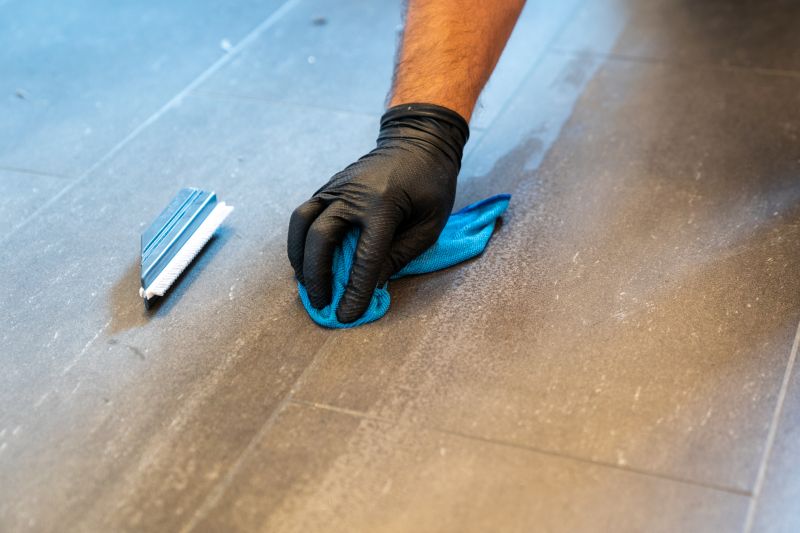
High-end options that actually feel worth it for Waterproofings.

Finishes and colors that play nicely with Waterproofings.
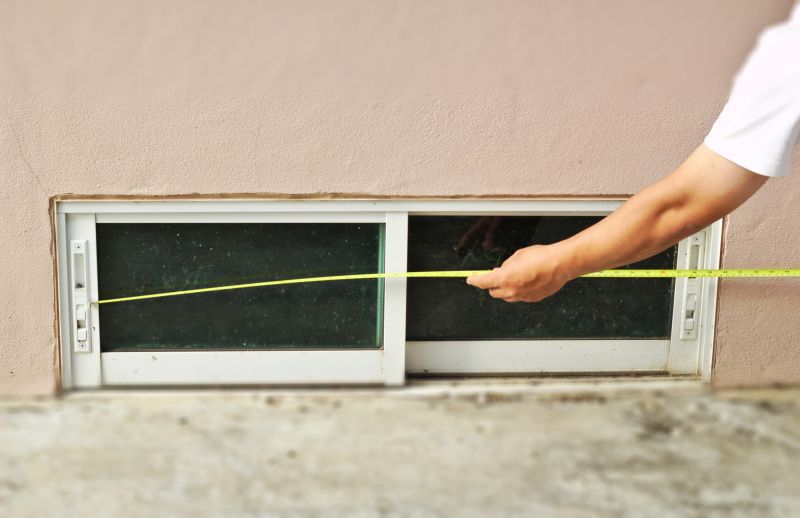
Little measurements that prevent headaches on Waterproofings day.
Waterproofings are essential for protecting structures from water intrusion, which can lead to structural damage, mold growth, and decreased property value. They are applied to foundations, roofs, basements, and other vulnerable areas to create a barrier against moisture penetration. Proper waterproofing extends the lifespan of buildings and reduces maintenance costs.
Statistics indicate that water-related damages account for a significant portion of property repairs, with waterproofing being a proactive measure. Effective waterproofing can prevent up to 80% of water damage issues, saving property owners substantial expenses over time.
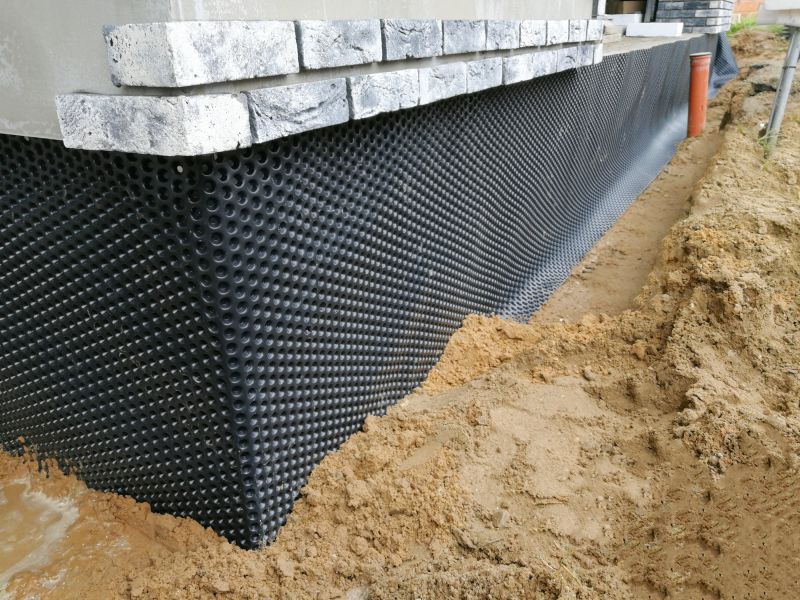
A 60-second routine that keeps Waterproofings looking new.

A frequent mistake in Waterproofings and how to dodge it.
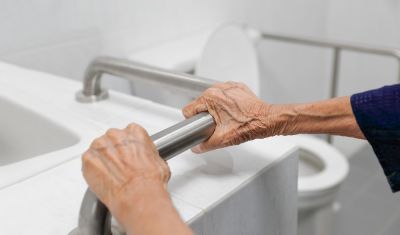
Small tweaks to make Waterproofings safer and easier to use.
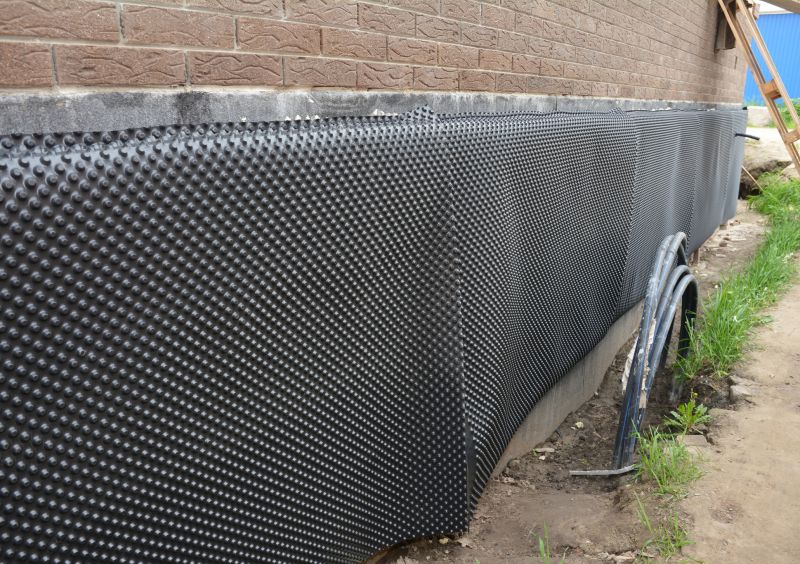
Lower-waste or water-saving choices for Waterproofings.
| Season | Advantages |
|---|---|
| Spring | Moderate weather ideal for application and curing. |
| Summer | Warm conditions facilitate quick drying. |
| Fall | Prepares structures for winter with effective sealing. |
| Winter | Generally unsuitable due to freezing temperatures. |
Choosing the right time for waterproofing depends on local climate conditions and specific project needs. Consulting with a waterproofing professional can help determine the optimal season for application, ensuring durability and effectiveness.

The short, realistic tool list for quality Waterproofings.
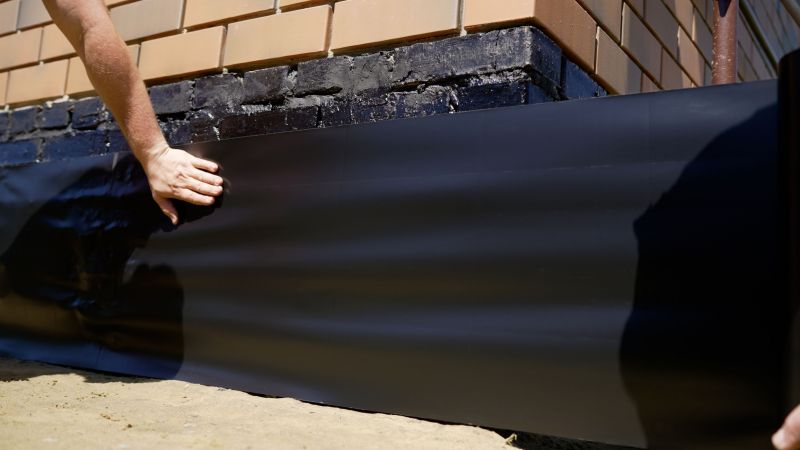
Rough timing from prep to clean-up for Waterproofings.
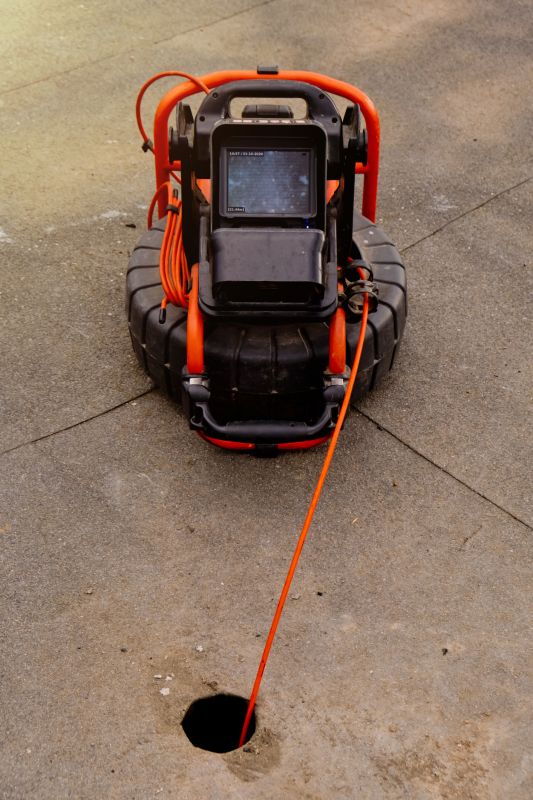
Quick checks and paperwork to keep after Waterproofings.
Interested parties are encouraged to contact for more information or to discuss waterproofing needs. Proper timing and application techniques are crucial for ensuring long-term protection against water damage.


